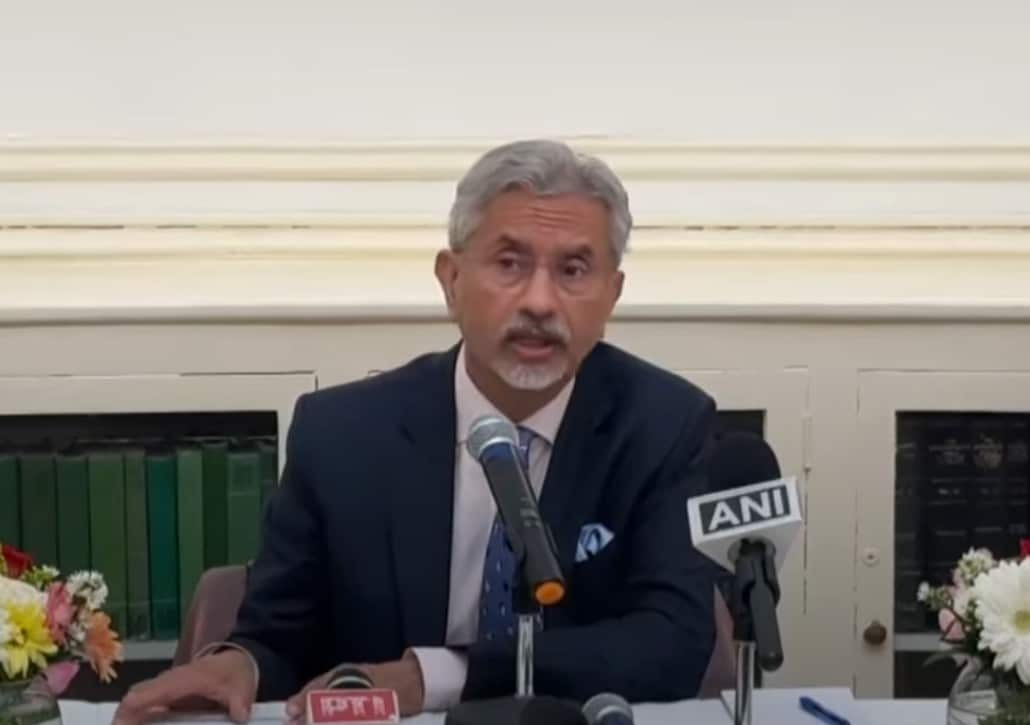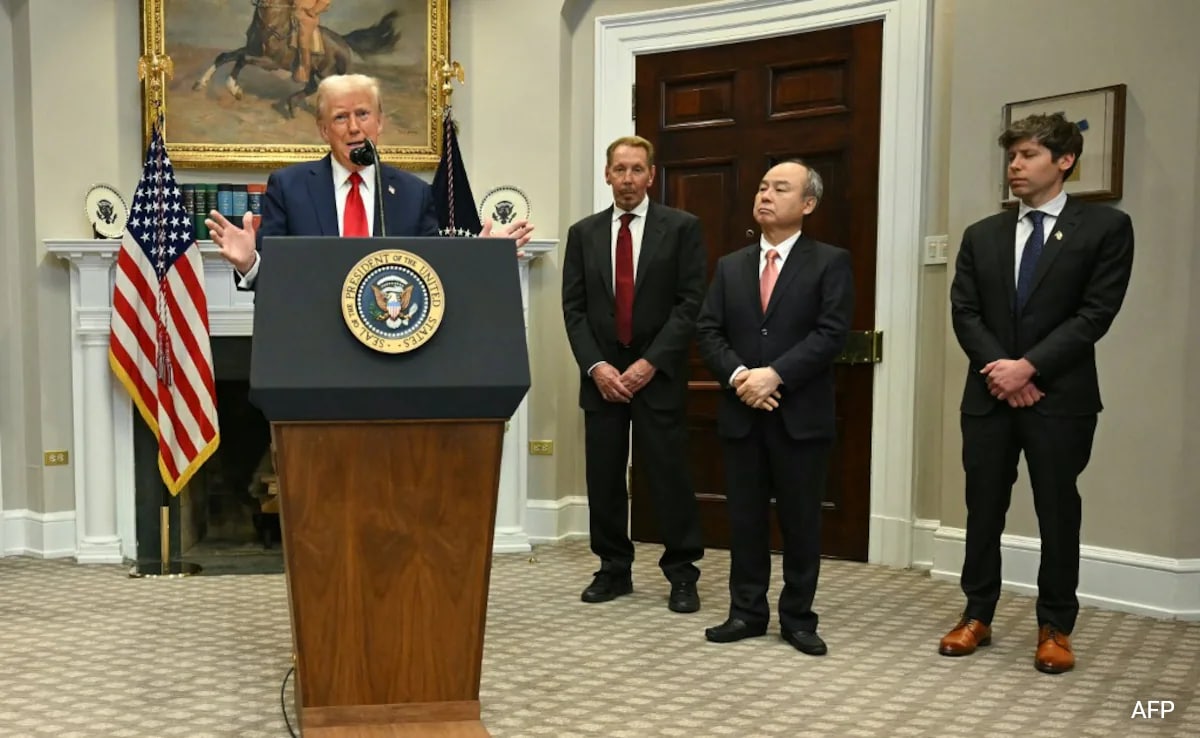Scientists have discovered a unique link between ferroelectric domain walls and superconductivity in two-dimensional van der Waals materials. This breakthrough, credited to research by Gaurav Chaudhary from the University of Cambridge and Ivar Martin from Argonne National Laboratory, sheds light on how specific structural features in these materials enable strong electron interactions. The findings are expected to pave the way for new superconducting devices and innovative applications in the field of condensed matter physics.
Sliding Ferroelectricity and Polarisation Reversal
According to reports by phys.org, sliding ferroelectricity in certain 2D van der Waals materials, including boron nitride and transition metal dichalcogenides (TMDs), facilitates polarisation reversal under moderate electric fields. This phenomenon allows for large-scale manipulation of layer stacking, significantly impacting the material’s electronic properties. Researchers noted that domain walls—boundaries separating regions with differing orientations of ferroelectric polarisation—exhibit unique characteristics that enhance electron-phonon coupling.
Superconductivity Observed at Domain Walls
The study revealed that in materials like molybdenum ditelluride (MoTe₂), superconductivity is transiently enhanced near ferroelectric reversal transitions. This enhancement occurs within hysteresis loops where domains of varying polarisation coexist. The dynamic fluctuations in domain walls were identified as the driving mechanism for the pairing interactions required for superconductivity. It was highlighted that these conditions are exclusive to 2D TMDs, which support interlayer ferroelectricity while remaining conductive within their planes.
Future Research and Applications
Chaudhary and Martin indicated to phys.org that their findings hold potential for developing highly controllable superconducting devices. Efforts are underway to explore the systematic design of new superconductors by layering polar materials and leveraging domain wall networks in moiré systems. They also emphasised the need for further investigations to validate their theoretical models using advanced microscopic simulations.
The study has generated interest among scientists aiming to uncover unconventional mechanisms of superconductivity, marking an important step forward in understanding and utilising the properties of 2D materials.




